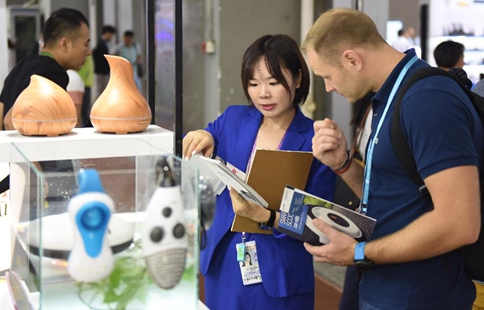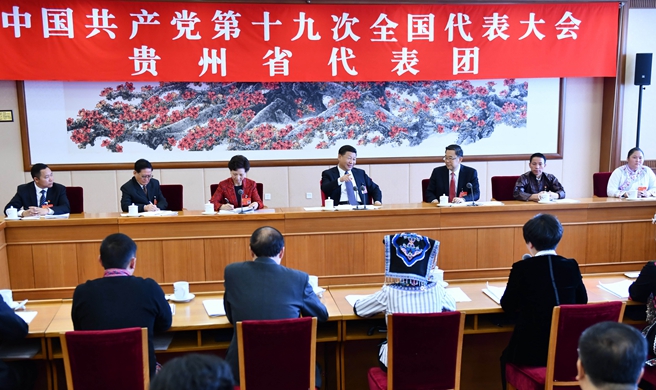SYDNEY, Oct. 20 (Xinhua) -- Australian researchers have published a breakthrough discovery on Friday, which could speed up electronic devices and enhance data storage.
By dissolving metal into liquid, researchers at the Royal Melbourne Institute of Technology were able to develop a material so thin, that it's never been seen before in nature.
"Here we found an extraordinary, yet very simple method to create atomically thin flakes of materials that don't naturally exist as layered structures," co-lead researcher Professor Kourosh Kalantar-zadeh said in a statement obtained by Xinhua.
The finding is so significant because in modern electronics the thinner the oxide layers that go into making transistors, the faster the the device will work.
It also means the device will use less power and be more efficient.
"We use non-toxic alloys of gallium (a metal similar to aluminium) as a reaction medium to cover the surface of the liquid metal with atomically thin oxide layers of the added metal rather than the naturally occurring gallium oxide," Kalantar-zadeh said.
"This oxide layer can then be exfoliated by simply touching the liquid metal with a smooth surface."
Larger quantities of these atomically thin layers can also be produced by injecting air into the liquid metal in a process that Kalantar-zadeh said is "similar to frothing milk when making a cappuccino."
In most cases, the oxide layers that go into modern electronics like the touchscreen built into smartphones, are created by evaporating metal in a low-pressure environment which allows the surface of material to condense and produce layers.
But this process requires highly specialised equipment and can only create an oxide layer in excess of 10 atoms thick.
The new method, however, is able to produce oxide layers that are only a few atoms thick and according to Kalantar-zadeh the process is so simple, it can be undertaken on a kitchen stove with little expertise required.
"I could give these instructions to my mum, and she would be able to do this at home," Kalantar-zadeh said
"We predict that the developed technology applies to approximately one-third of the periodic table and many of these atomically thin oxides are semiconducting or dielectric materials which are the foundation of today's electronic and optical devices."
"This technological capability has never been accessible before."
Researchers say the discovery may also be applied to the chemical industry in areas such as medicine, fertilisers and plastics.

















